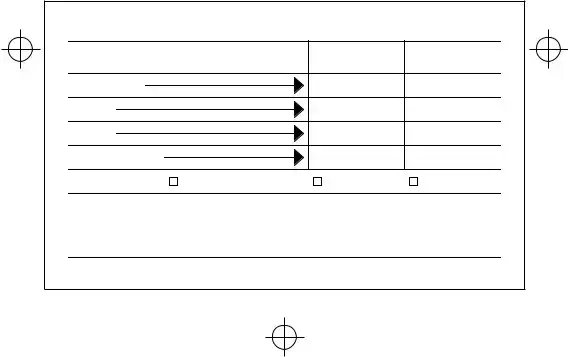Common mistakes
Filling out the PS 7020 form can seem straightforward, but many individuals make common mistakes that can lead to confusion and delays. One of the primary errors is failing to provide the Employee Name and Number. Without clearly indicating who the form pertains to, it may be challenging for supervisors and timekeepers to track absences accurately.
Another frequent oversight is neglecting to specify the Leave Unit. This section is crucial because it helps determine where the employee is stationed. Omitting this detail can result in improper classification of the absence, affecting operational planning and resource allocation.
Accurate timing is essential, and one of the significant mistakes is misreporting the Arrive and Return to Unit times. Entering incorrect hours can lead to underreporting or overreporting of absences, which may subsequently affect payroll calculations and the employee's leave balance.
Failing to select a Reason for Absence is another common error. This detail provides context for the absence and can assist in approving the leave. If this section is left blank or filled in incorrectly, it may result in delays or even denial of the request.
It's also important to note that many people forget to include the appropriate Steward's Duty Time and Meeting Time. These elements are vital for tracking specific duties and obligations that are not typical day-to-day tasks. Leaving them out can lead to incomplete records and miscommunication about the employee's responsibilities during their absence.
Additionally, some individuals do not understand that forms must be collected by the tour supervisor. This oversight can cause the forms to go missing or not to be submitted timely. Ensuring proper collection and submission processes are followed is critical for maintaining accurate time records.
Lastly, submitting the form without proper review may lead to errors. Individuals often fail to double-check their entries, leading to simple but avoidable mistakes. Taking a moment to review the form can prevent complications and ensure that the request is processed smoothly.



 scheme examinations,
scheme examinations,
 medical unit,
medical unit,
 guide duty,
guide duty,
 civil defense,
civil defense,
 time devoted to grievances,
time devoted to grievances,
 consultations with personnel section, or
consultations with personnel section, or 
 consultation with administrative officials.
consultation with administrative officials.